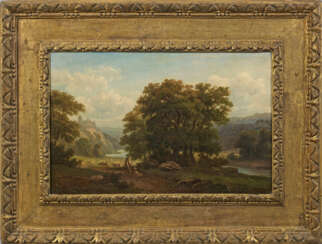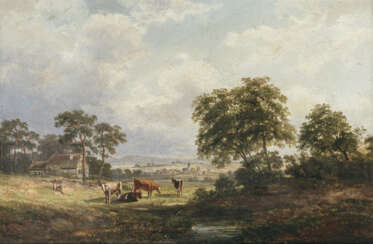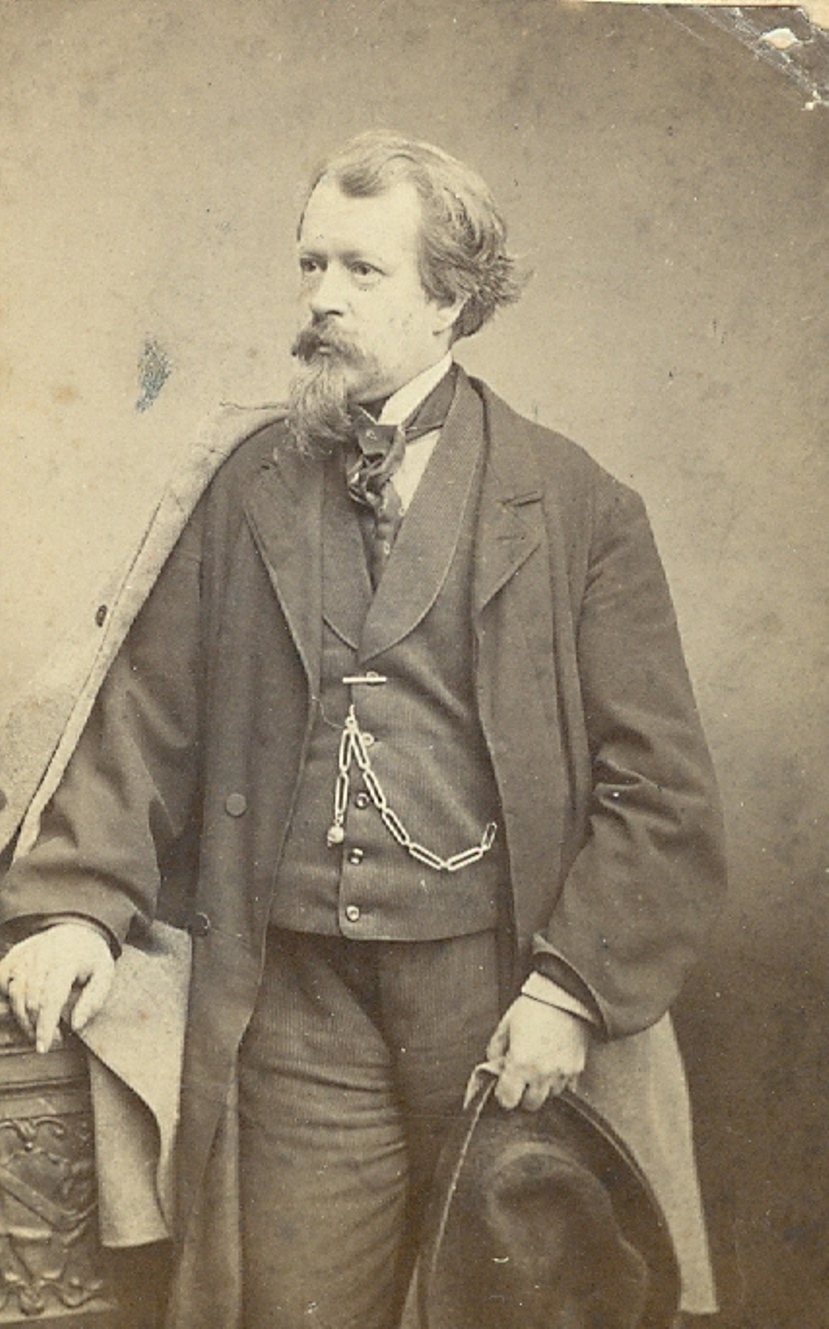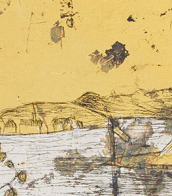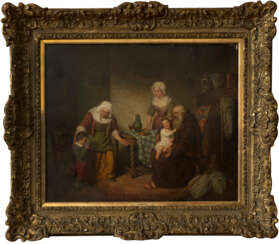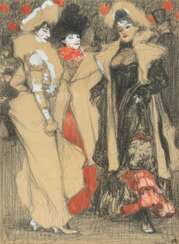adolf lier

Adolf Hartmann was a German painter. On October 29, 1918, at the age of 18, he began his studies at the Academy of Fine Arts in Munich with Angelo Jank and later continued at the Academy of Fine Arts in Berlin with Gustav Boese. From 1924 Hartmann worked as a freelance artist. His exhibition activity began as early as 1919, when he took part in an exhibition in the Glass Palace in Munich, where he has exhibited regularly ever since. Adolf Hartmann was a professor at the Academy of Fine Arts in Berlin from 1948 to 1962. Hartmann was a member of numerous artist associations, e.g. of the New Group, of which he was also President for a time. Adolf Hartmann was a member of the Munich Secession and the jury-free as well as an honorary member of the Rhenish Secession.


Adolf Eberle was a German painter of the second half of the nineteenth and early twentieth centuries. He is known as a genre painter and animalist.
Adolf Eberle specialized in depicting rural life, especially Bavarian and Tyrolean farmers and hunters. Early in his career, he was interested in historical subjects, but quickly returned to depicting peasant and animal life. His painting "The Sale of the Last Cow" brought him his first great success in 1861, and in 1879 at the Munich exhibition his work "The First Deer" was highly praised by the jury.


Adolf Eberle was a German painter of the second half of the nineteenth and early twentieth centuries. He is known as a genre painter and animalist.
Adolf Eberle specialized in depicting rural life, especially Bavarian and Tyrolean farmers and hunters. Early in his career, he was interested in historical subjects, but quickly returned to depicting peasant and animal life. His painting "The Sale of the Last Cow" brought him his first great success in 1861, and in 1879 at the Munich exhibition his work "The First Deer" was highly praised by the jury.


Adolf Eberle was a German painter of the second half of the nineteenth and early twentieth centuries. He is known as a genre painter and animalist.
Adolf Eberle specialized in depicting rural life, especially Bavarian and Tyrolean farmers and hunters. Early in his career, he was interested in historical subjects, but quickly returned to depicting peasant and animal life. His painting "The Sale of the Last Cow" brought him his first great success in 1861, and in 1879 at the Munich exhibition his work "The First Deer" was highly praised by the jury.




Adolf Schreyer was a German painter of the second half of the 19th century. He is known as an orientalist, landscape, battle and animalist, a representative of the Düsseldorf School of Art. Schreyer served in the Austrian army and participated in a military expedition to Wallachia during the Crimean War.
Schreyer also traveled to Egypt, Syria, and Algeria, where he painted many Orientalist paintings as well as images of horses with riders. His paintings of battle scenes, including events of the Crimean campaign, as well as genre paintings and landscapes, are characterized by vivid colors, vigorous movement, and drama.


Adolf Dressler, a German landscape painter, is considered the founder of Silesian landscape painting.
Adolf Dressler devoted his work mainly to the Silesian landscape. In 1879 he was appointed head of the landscape painting workshop in Breslau at the newly founded Museum of Fine Arts.






Adolf Gustav Schweitzer was a German painter who specialised in winter landscapes.


Adolf Eberle was a German painter of the second half of the nineteenth and early twentieth centuries. He is known as a genre painter and animalist.
Adolf Eberle specialized in depicting rural life, especially Bavarian and Tyrolean farmers and hunters. Early in his career, he was interested in historical subjects, but quickly returned to depicting peasant and animal life. His painting "The Sale of the Last Cow" brought him his first great success in 1861, and in 1879 at the Munich exhibition his work "The First Deer" was highly praised by the jury.


Adolf Münzer, full name: Adolf Franz Theodor Münzer, was a German painter and graphic artist.
From 1899, Münzer exhibited his works in the Munich Glaspalast as a member of the artist group Scholle. In this context he also became a contributor to the Munich weekly Jugend and the Simplicissimus.
In 1909 Münzer became head of a painting class at the Düsseldorf Art Academy, where he held a teaching post until 1932. A short time later he designed the wall and ceiling paintings in the plenary session hall of the Düsseldorf district government. In 1915 he worked as a war painter at the front and still volunteered for the First World War in 1917.
A narrative style was expressed in his prints. Among others, his fairy tale illustrations for the publishing house Scholz in Mainz became well-known. Adolf Münzer was a member of the Deutscher Künstlerbund.


Adolf Luntz was a German painter, etcher, and lithographer, was known for his landscapes and figurative works. Inspired by his architect father, Viktor Luntz, Adolf joined the Vienna Academy of Fine Arts in 1892. After studying in Vienna until 1897, he became a master student of Gustav Schönleber at the Karlsruhe Academy of Fine Arts. Luntz accompanied Schönleber on various study trips and designed collectible images for the Stollwerck company in Cologne. He settled in Karlsruhe in 1905 and was a member of the German Artists' Association.


Gustav Adolf Landgrebe was a German sculptor and landscape artist.
He created busts and sculptures of famous composers, such as the bust of the famous composer Ludwig van Beethoven, and also painted landscapes.


Adolf Eberle was a German painter of the second half of the nineteenth and early twentieth centuries. He is known as a genre painter and animalist.
Adolf Eberle specialized in depicting rural life, especially Bavarian and Tyrolean farmers and hunters. Early in his career, he was interested in historical subjects, but quickly returned to depicting peasant and animal life. His painting "The Sale of the Last Cow" brought him his first great success in 1861, and in 1879 at the Munich exhibition his work "The First Deer" was highly praised by the jury.

